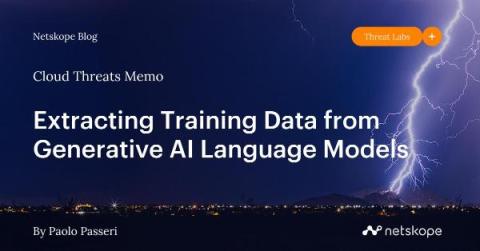Security | Threat Detection | Cyberattacks | DevSecOps | Compliance
Technology
AI in the Classroom: Enhancing Math Problem Solving Skills with Smart Technology
Unwrapping the Threat: AI-Powered Phishing Attacks Take Center Stage in 2023 Holidays
As the holiday season approaches, so does the annual surge in online shopping and holiday package tracking. Unfortunately, this joyous time has also become a prime hunting ground for cybercriminals. In a concerning development, cybersecurity experts are sounding the alarm about a new weapon in the phishing attackers' arsenal: generative artificial intelligence (AI).
Cloudflare 2023 Year in Review
This post is also available in 한국어, 日本語, Português. The 2023 Cloudflare Radar Year in Review is our fourth annual review of Internet trends and patterns observed throughout the year at both a global and country/region level across a variety of metrics. Below, we present a summary of key findings, and then explore them in more detail in subsequent sections.
Cloud Threats Memo: Extracting Training Data from Generative AI Language Models
This year will probably be remembered for the revolution of ChatGPT (the website was visited by 1.7 billion users in October 2023, with 13.73% of growth compared to the previous month) and for the widespread adoption of generative AI technologies in our daily life.











